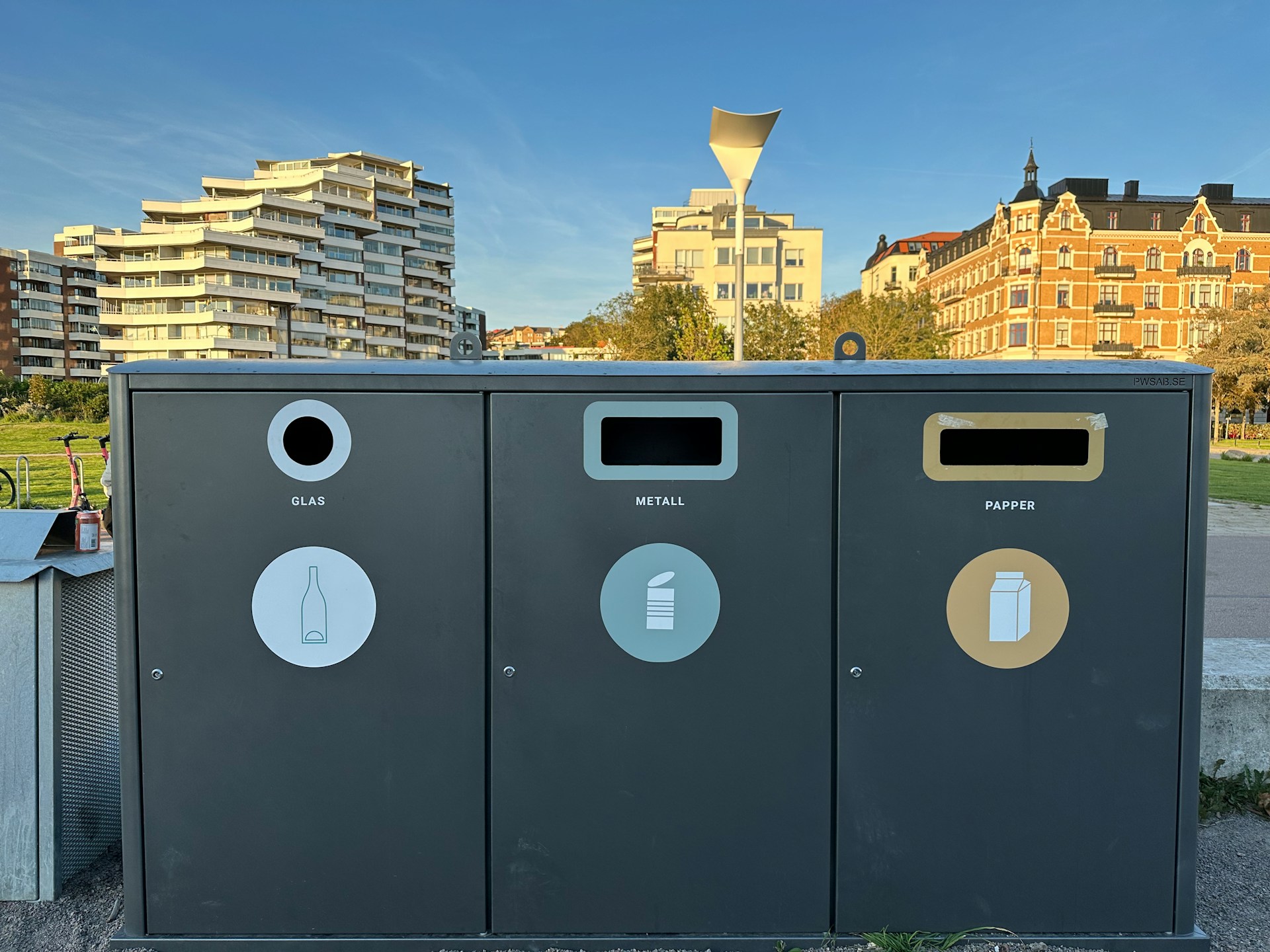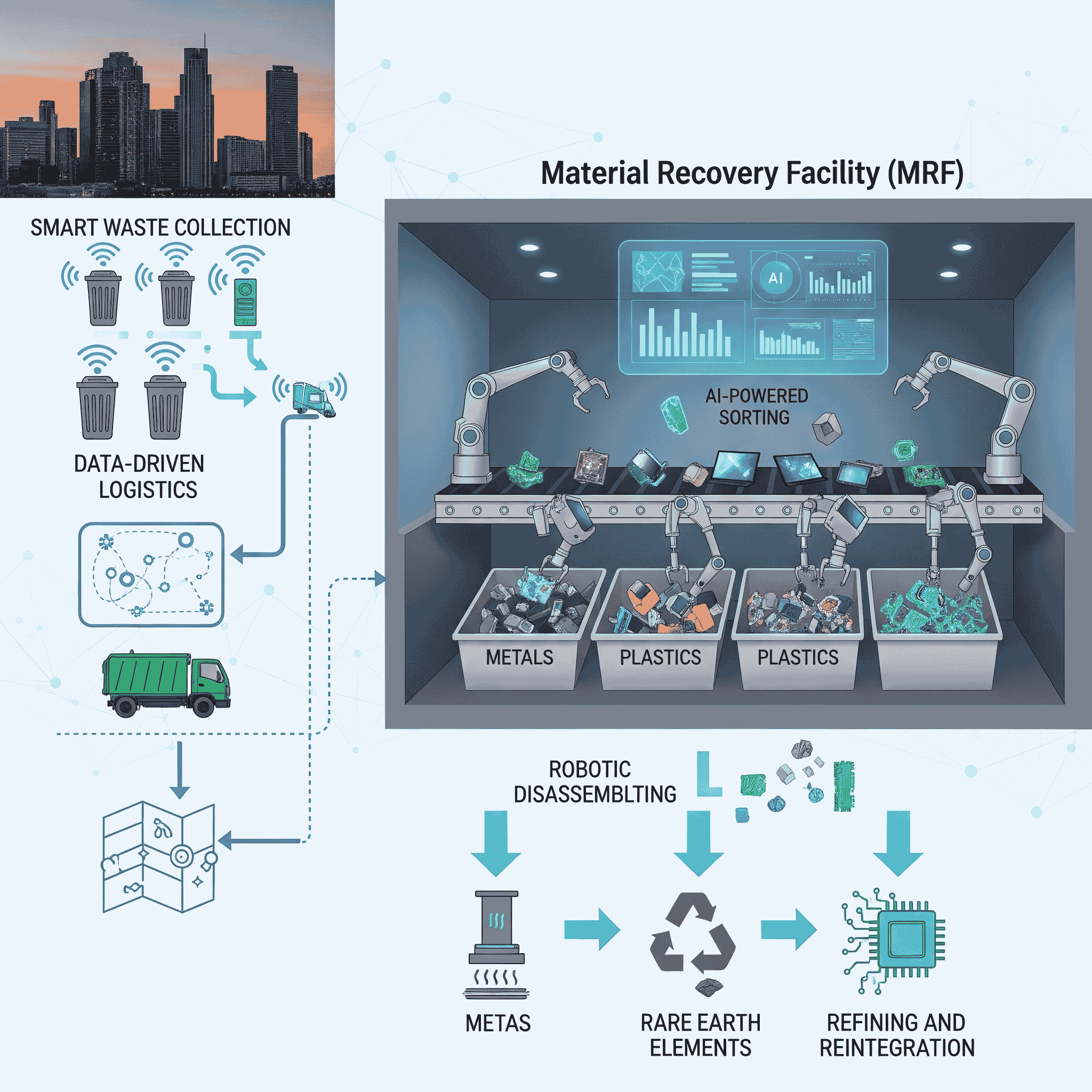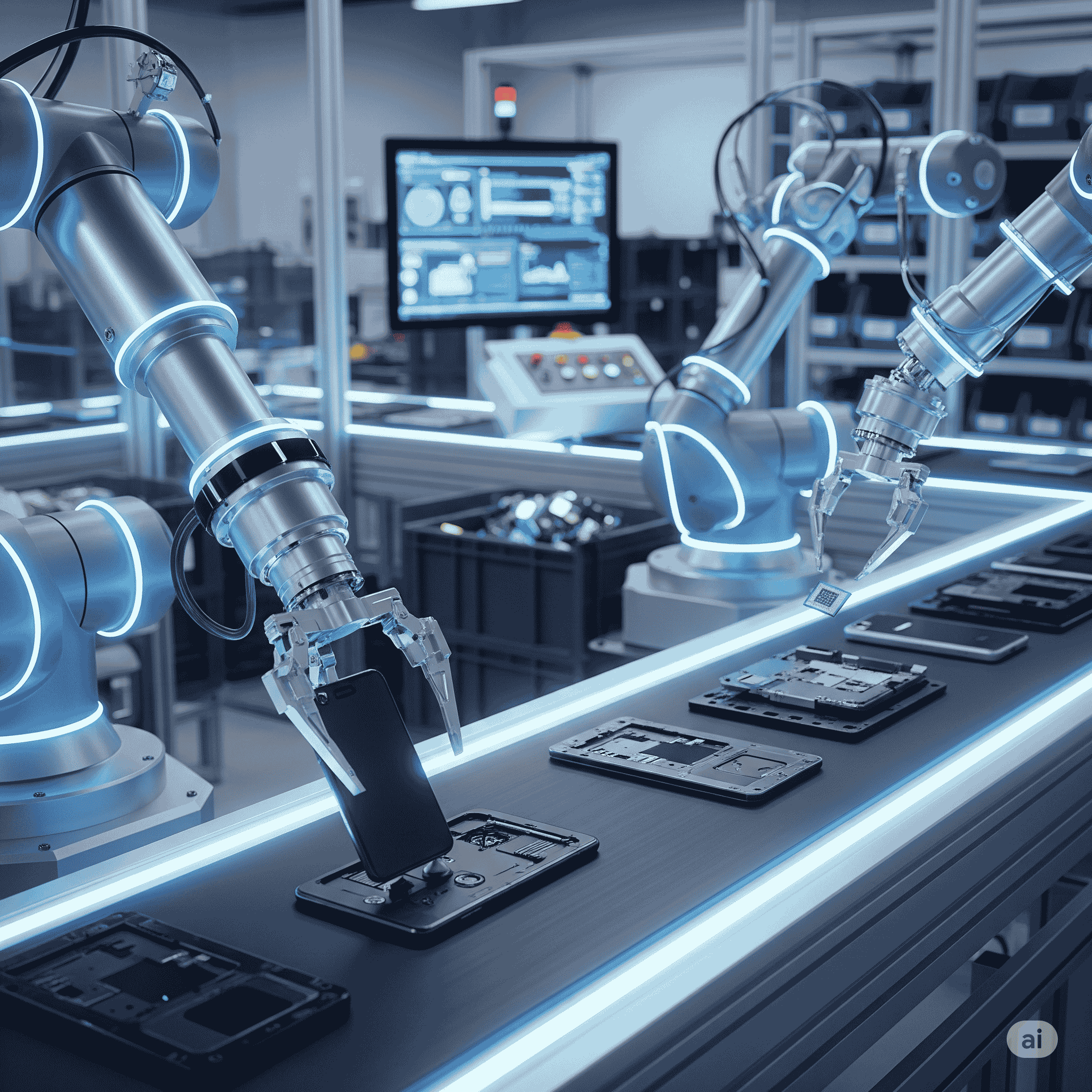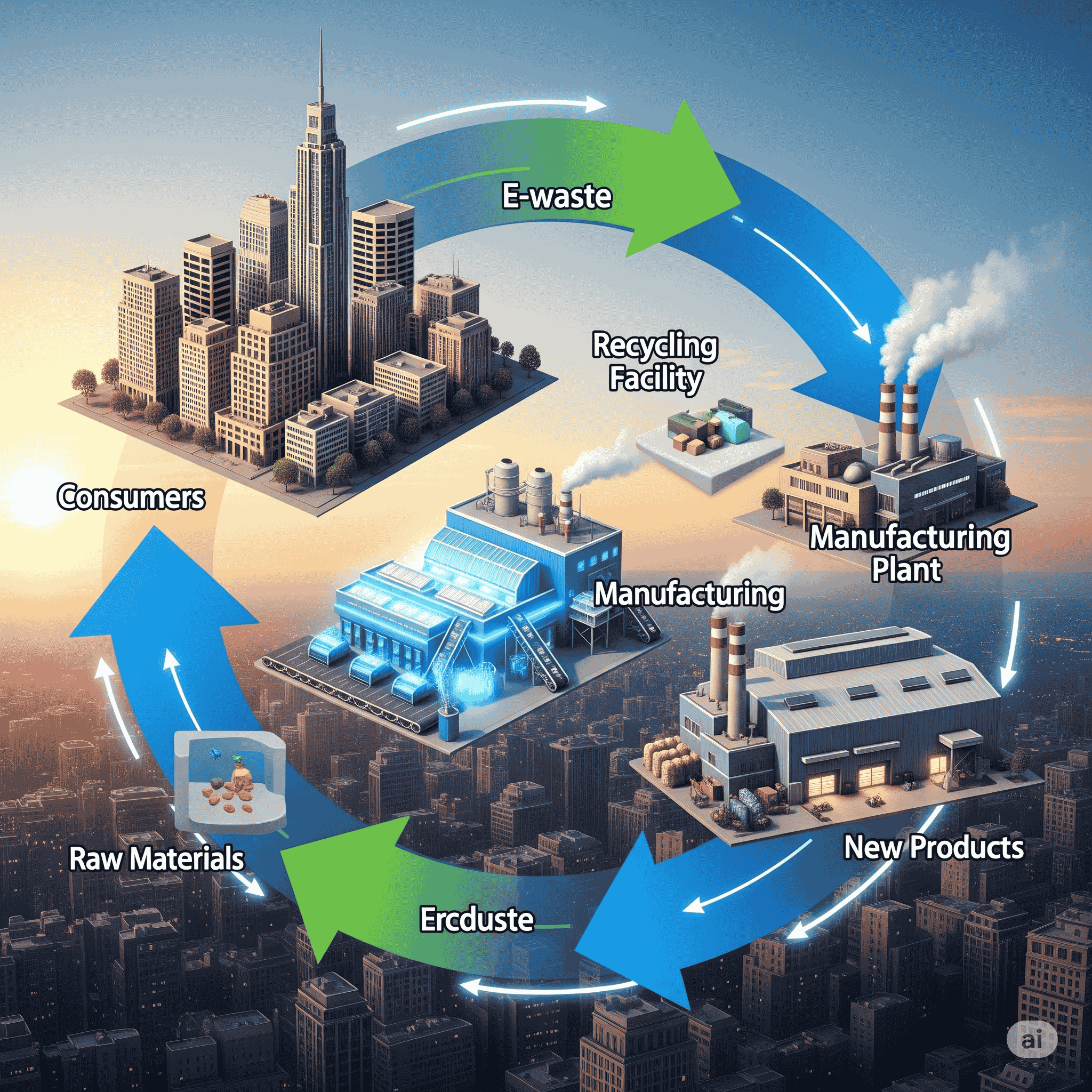
Urban Mining: Turning E-Waste into Gold in the Smart City
The term "urban mining" might conjure images of futuristic subterranean tunnels or robotic excavators. While the reality is less dramatic, the concept is equally revolutionary: it's the process of reclaiming raw materials from manufactured products and waste streams. As our cities become increasingly smart, they generate vast quantities of electronic waste (e-waste), from decommissioned IoT sensors and smart lighting systems to outdated smartphones and laptops. This e-waste isn't just trash; it's a new frontier of resources, and urban mining is the key to unlocking its value. This niche, yet critical, field is poised to become a cornerstone of sustainable development in the smart cities of tomorrow.
The Treasure Trove in Our Trash
E-waste is a complex and often hazardous mix of materials, containing everything from toxic heavy metals like lead and mercury to valuable precious metals like gold, silver, and platinum. A recent United Nations report highlighted that a single tonne of discarded mobile phones can contain up to 100 times more gold than a tonne of gold ore. The sheer volume of e-waste generated globally—over 50 million metric tonnes annually—represents an immense, untapped resource.
Urban mining offers a solution to a two-fold problem: the environmental and health risks posed by improper e-waste disposal and the ever-growing demand for virgin raw materials. By systematically recovering materials from this "urban ore," cities can significantly reduce their reliance on traditional mining, decrease energy consumption associated with extraction, and mitigate the environmental damage caused by landfills.
How Smart City Solutions Supercharge Urban Mining
Integrating urban mining into a city's infrastructure requires a sophisticated, tech-enabled approach. Smart city solutions provide the perfect framework to make this happen, transforming a complex logistical challenge into an efficient, data-driven process.
1. IoT-Enabled Waste Collection and Sorting
The first step in effective urban mining is a streamlined collection process. Smart waste management systems, equipped with IoT sensors, can monitor e-waste levels in collection bins and optimize pickup routes. This ensures timely collection and reduces the costs and carbon footprint of logistics.

These systems can also be integrated with digital citizen platforms, allowing residents to easily locate e-waste drop-off points or schedule pickups. The city of Oslo, for example, uses a digital system to manage waste streams, showcasing how smart solutions can transform traditional municipal services. For more on this topic, see our article on e-waste collection with IoT.
2. Advanced Recycling and Material Recovery
Once collected, e-waste must be processed to recover its valuable components. This is where advanced technologies come into play, moving beyond simple shredding and melting.
- Robotics and AI: Automated sorting systems, powered by artificial intelligence and computer vision, can accurately identify and separate different types of plastics, metals, and circuit boards. This precision is essential for maximizing recovery rates and purity.
- Hydrometallurgy and Bioleaching: These advanced chemical and biological processes use solutions to dissolve metals from e-waste, offering a more environmentally friendly alternative to traditional smelting, which releases harmful pollutants.
The recovered materials can then be reintegrated into the supply chain. For instance, plastic from old electronics can be pelletized and used to create new products, and precious metals can be refined and sold. This closed-loop system is a key element of the circular economy.
Urban Mining’s Role in a Circular Economy
Urban mining is a perfect example of a circular economy solution. In a traditional linear economy ("take, make, dispose"), resources are extracted, products are manufactured, used, and then discarded as waste. A circular economy, however, keeps resources in use for as long as possible, extracting maximum value from them while in use, and then recovering and regenerating materials at the end of each product’s life.
By practicing urban mining, a smart city does the following:
- Reduces Landfill Burden: Diverting millions of tonnes of e-waste from landfills prevents the leaching of toxic chemicals into the soil and groundwater.
- Conserves Natural Resources: Less demand for virgin ore mining protects natural habitats and reduces the environmental footprint of extractive industries.
- Creates New Economic Opportunities: The urban mining sector creates jobs in collection, sorting, processing, and material sales, contributing to local economies. This is a critical element of driving a circular economy.

Challenges and the Path Forward
Despite its promise, urban mining faces several hurdles. The initial investment in advanced recycling technology can be significant, and the logistical challenges of collecting and sorting diverse e-waste streams are complex. Additionally, a lack of standardized regulations can hinder its large-scale adoption.
However, forward-thinking governments and smart city planners are addressing these challenges head-on. By creating supportive policy frameworks, providing incentives for e-waste recycling, and investing in public-private partnerships, cities can build the infrastructure needed for a thriving urban mining ecosystem. The ultimate goal is to pioneer a waste-free urban development model where "waste" becomes a valuable resource to be meticulously reclaimed.

Ready to Integrate Urban Mining into Your City's Strategy?
The shift from a linear to a circular economy is not just an environmental necessity—it's an economic opportunity. At Smart City Solutions, we specialize in helping cities and organizations design and implement the intelligent infrastructure required for a sustainable future.
If you're ready to explore how advanced smart waste management, AI-driven recycling, and robust circular economy strategies can transform your community, our experts are here to guide you. We'll help you turn the challenges of e-waste into a cornerstone of your city's sustainability and economic resilience.
Contact us today to schedule a consultation and learn how we can help you build a smarter, more sustainable future for your community.
